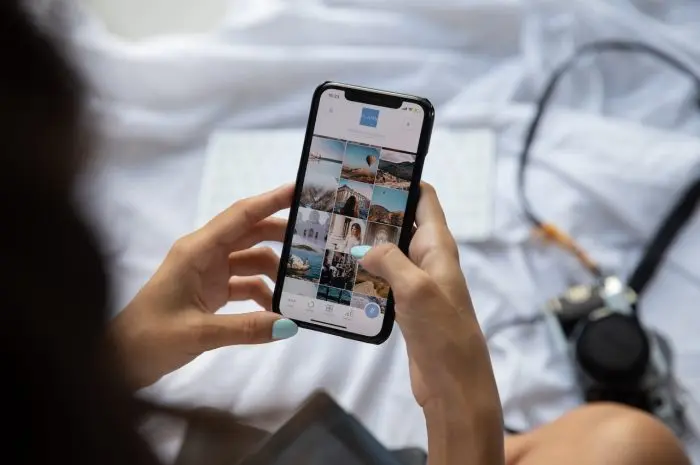In an era where digital devices have become ubiquitous, the concept of a digital detox – intentionally reducing screen time – is gaining importance for maintaining mental and physical health.
This article explores the benefits of digital detox and provides practical strategies for integrating it into daily life, helping individuals reclaim their health and well-being in a world increasingly dominated by screens.
The Prevalence of Digital Overload
The digital age has brought unparalleled access to information and connectivity, but it also comes with a cost. Excessive screen time is associated with a range of health issues, including eye strain, poor sleep quality, reduced physical activity, and heightened stress levels.
Moreover, constant connectivity can lead to an overload of information and a sense of being perpetually ‘plugged in,’ impacting mental well-being.
Understanding the Impact of Screen Time
Excessive use of digital devices can lead to digital eye strain, characterized by dry eyes, headaches, and blurred vision. Prolonged screen time, especially before bed, can disrupt the body’s natural sleep-wake cycle, leading to poor sleep quality.
Additionally, the sedentary nature of screen-based activities can contribute to physical health issues such as obesity and cardiovascular problems.
Mental Health and Digital Consumption
Mental health is profoundly affected by digital consumption. Social media, in particular, can impact self-esteem and body image and can lead to feelings of isolation and anxiety.
The constant barrage of news and information can also lead to what is known as ‘digital stress,’ affecting mood and overall mental health.
Benefits of a Digital Detox
A digital detox can help mitigate these negative effects. By reducing screen time, individuals can experience improved sleep quality, reduced eye strain, and better physical health.
It also provides an opportunity to engage in non-digital activities that can improve mental well-being, such as reading, outdoor activities, or spending time with loved ones.
Strategies for a Successful Digital Detox
- Set Clear Goals: Define what a digital detox means for you. It could involve specific time limits on screen use or complete abstinence from certain devices or platforms.
- Create Tech-Free Zones: Establish areas in your home where digital devices are not allowed, such as the bedroom or dining area. This can help create a healthier balance between digital and non-digital activities.
- Allocate Screen-Free Time: Dedicate certain times of the day for screen-free activities. This might include meal times, the first hour after waking up, or before bedtime.
- Engage in Offline Activities: Find hobbies or activities that you enjoy and can do without digital devices. This could include outdoor sports, cooking, reading, or crafting.
- Mindful Use of Technology: Be conscious of the purpose behind your screen time. Use digital devices intentionally rather than out of habit or boredom.
- Digital Sabbaticals: Consider taking regular short breaks from digital devices, such as a day each week or a weekend each month, to disconnect and recharge.
Managing Withdrawal Symptoms
It’s not uncommon to experience withdrawal symptoms during a digital detox, such as anxiety, restlessness, or a feeling of missing out.
Acknowledge these feelings and remind yourself of the benefits of the detox. Over time, these symptoms typically decrease as you adjust to reduced screen time.
Incorporating Mindfulness and Meditation
Mindfulness and meditation can be valuable tools during a digital detox. They help in managing stress and anxiety and can improve focus and attention, qualities that are often eroded by excessive screen time.
The Role of Social Support
Engaging family and friends in your digital detox journey can provide valuable support. Sharing activities and experiences offline can enhance social bonds and reduce the reliance on digital interactions for social fulfillment.
Digital Literacy and Education
Educating oneself and family members, especially children, about the impact of excessive screen time and the importance of a balanced digital life is crucial. This includes understanding the benefits and risks of digital media and developing healthy digital habits.
Conclusion
A digital detox is not about renouncing technology entirely but about finding a healthier and more balanced relationship with digital devices.
It’s about being mindful of our digital consumption and recognizing when it’s time to step back and engage with the world beyond our screens.
By embracing the concept of a digital detox, we can reclaim control over our health and well-being, rediscovering the joys and benefits of a life not dominated by digital demands.
In this conscious effort lies the key to maintaining harmony in the digital age, ensuring that technology serves us without diminishing our quality of life.







